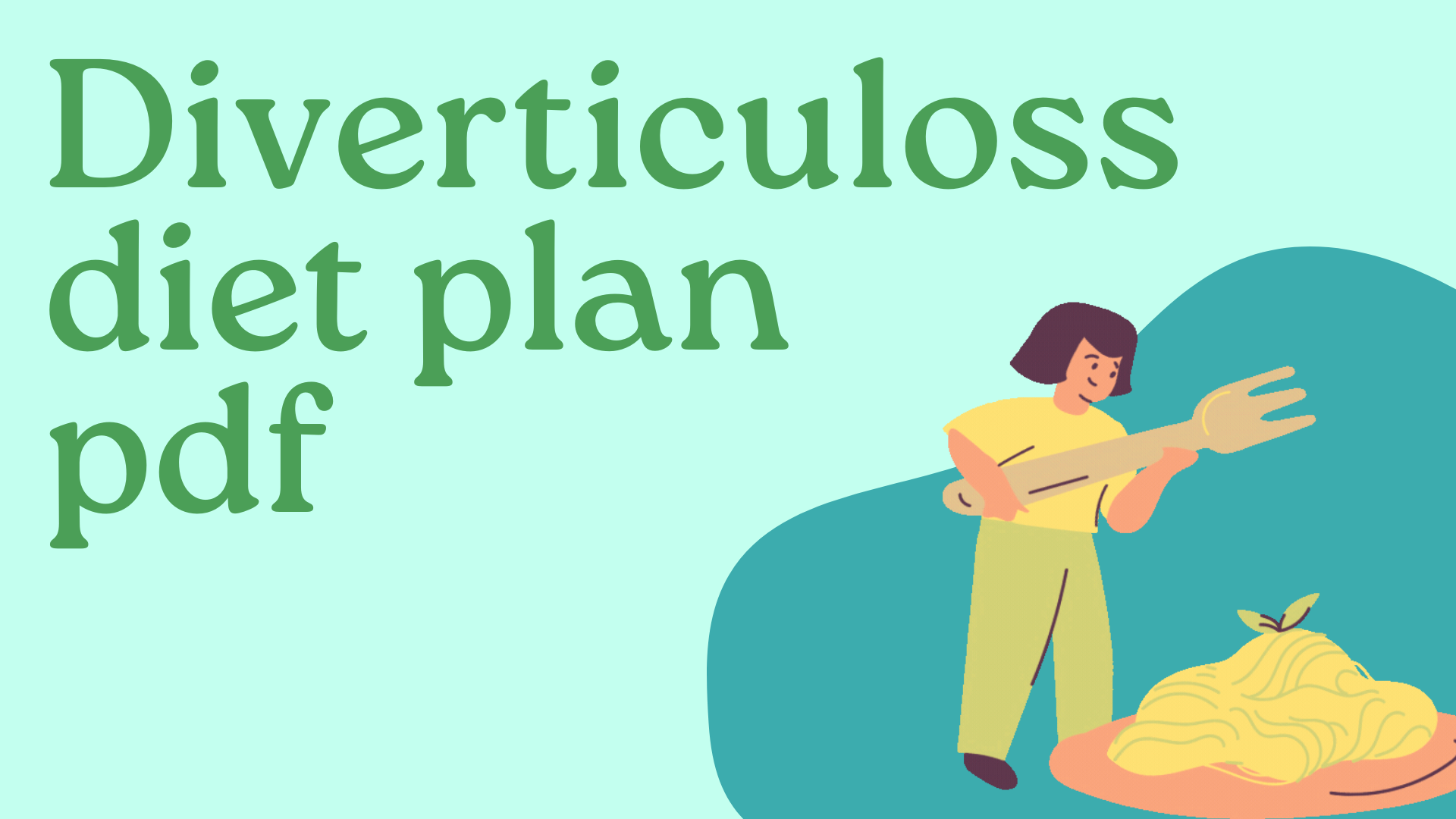This diverticulosis diet plan is designed to ease symptoms, prevent flare-ups, and promote gut health. Packed with fiber-rich foods, this guide is your roadmap to relief. Let’s get started!
Diverticulosis—a condition where small pouches form in the lining of your digestive tract—can be a real pain (literally).
While it often doesn’t cause symptoms, it can lead to discomfort, bloating, and even complications like diverticulitis if not managed properly.
The good news? Your diet can play a huge role in keeping your gut happy and healthy.
Table of Contents
This diverticulosis diet plan focuses on high-fiber foods, hydration, and gut-friendly choices to help you manage symptoms and prevent flare-ups. Let’s dive in and give your digestive system the love it deserves!
What Is Diverticulosis?
Diverticulosis occurs when small pouches (diverticula) form in the walls of your colon. While many people with diverticulosis don’t experience symptoms, some may notice bloating, cramping, or changes in bowel habits.
If these pouches become inflamed or infected, it can lead to diverticulitis, a more serious condition.
7-Day Diverticulosis Diet Plan

Day 1: Fiber-Rich Start
Breakfast: Oatmeal topped with fresh berries and a sprinkle of chia seeds.
Snack: A small apple with a tablespoon of almond butter.
Lunch: Lentil soup with a side of steamed carrots.
Snack: A small handful of baby carrots.
Dinner: Grilled chicken breast with roasted Brussels sprouts and quinoa.
Tip: Add a pinch of turmeric to your quinoa for an anti-inflammatory boost.
Day 2: Gut-Friendly Choices
Breakfast: Smoothie with spinach, banana, almond milk, and flaxseeds.
Snack: A small handful of walnuts.
Lunch: Quinoa salad with cherry tomatoes, cucumbers, and a lemon-olive oil dressing.
Snack: A small pear.
Dinner: Baked salmon with mashed sweet potatoes and steamed green beans.
Why sweet potatoes? They’re rich in fiber and beta-carotene.
Day 3: Low-Irritant Meals
Breakfast: Scrambled eggs with sautéed spinach and a slice of whole-grain toast.
Snack: A small handful of sunflower seeds.
Lunch: Grilled chicken wrap with avocado, lettuce, and a whole-grain tortilla.
Snack: A small handful of grapes.
Dinner: Stir-fried tofu with snap peas and brown rice.
Why tofu? It’s a great plant-based protein option.
Day 4: Hydration Focus
Breakfast: Greek yogurt parfait with granola and fresh strawberries.
Snack: A small handful of pumpkin seeds.
Lunch: Chickpea salad with cucumbers, tomatoes, and a tahini-lemon dressing.
Snack: A small handful of watermelon chunks.
Dinner: Grilled shrimp skewers with roasted zucchini and quinoa.
Tip: Drink a glass of water with each meal to stay hydrated.
Day 5: Nutrient-Dense Choices
Breakfast: Avocado toast on whole-grain bread with a poached egg.
Snack: A small handful of almonds.
Lunch: Grilled turkey burger (no bun) with a side of roasted sweet potatoes.
Snack: A small handful of blueberries.
Dinner: Baked chicken breast with mashed cauliflower and steamed asparagus.
Why cauliflower? It’s low in calories and high in fiber.
Day 6: Comfort Food Vibes
Breakfast: Chia pudding made with almond milk and topped with fresh berries.
Snack: A small handful of walnuts.
Lunch: Steamed broccoli and carrots with a side of wild rice.
Snack: A small apple.
Dinner: Grilled steak with roasted Brussels sprouts and a drizzle of olive oil.
Tip: Add a sprinkle of Parmesan cheese to your Brussels sprouts for extra flavor.
Day 7: Finish Strong
Breakfast: Omelette with mushrooms, bell peppers, and a sprinkle of cheese.
Snack: A small handful of almonds.
Lunch: Grilled salmon salad with mixed greens and a light vinaigrette.
Snack: A small handful of blueberries.
Dinner: Roasted cauliflower and zucchini with a side of quinoa.
Tip: Add a squeeze of lemon to your quinoa for extra flavor.
Final Thoughts
Managing diverticulosis doesn’t have to be complicated. By focusing on fiber-rich, gut-friendly foods and staying hydrated, you can ease symptoms and prevent flare-ups. This 7-day diverticulosis diet plan is a great starting point, but don’t be afraid to tweak it to suit your needs.
Remember, everyone’s body is different, so work with your healthcare provider to create a plan that’s tailored to your needs. Here’s to a happier, healthier gut!




